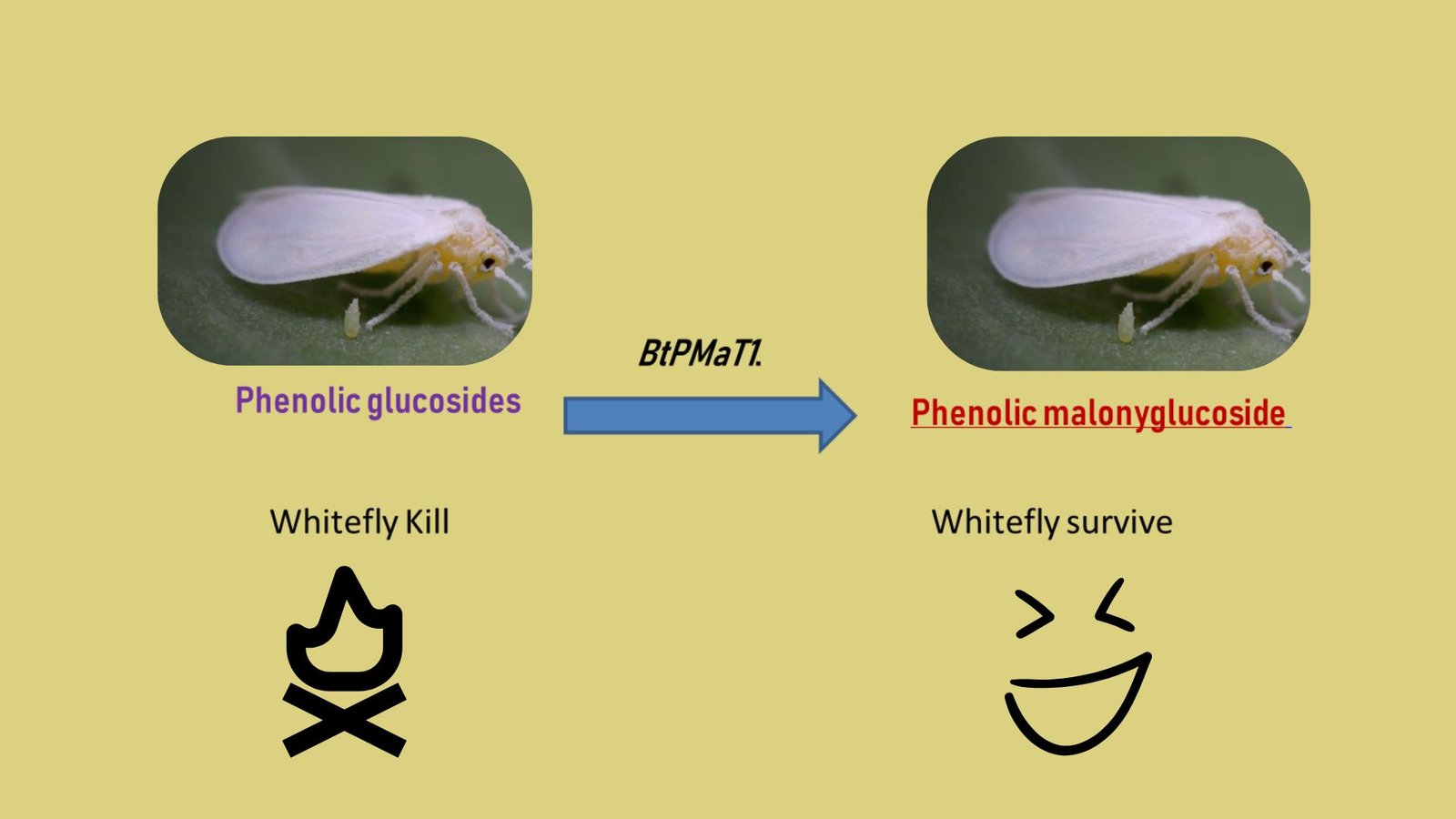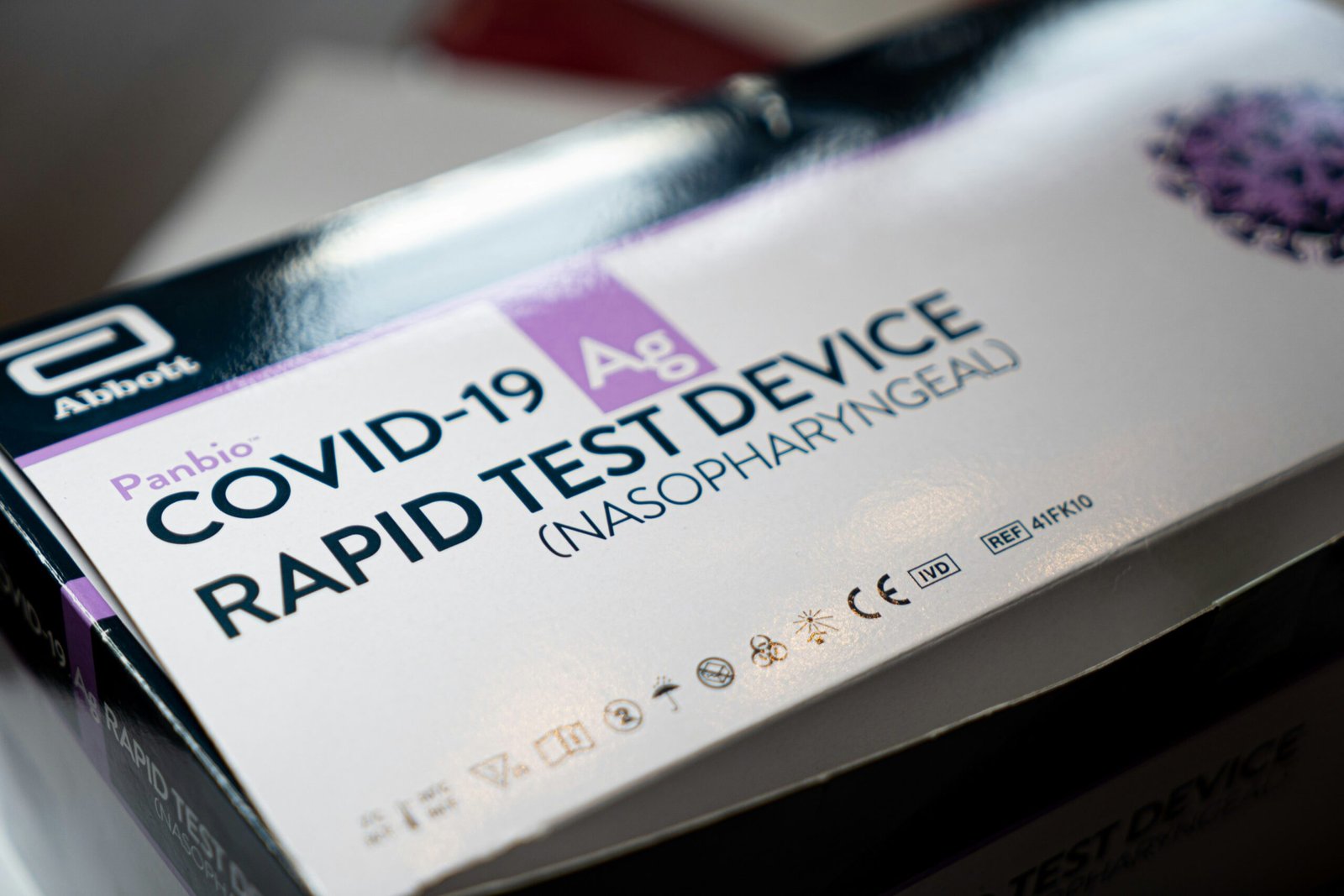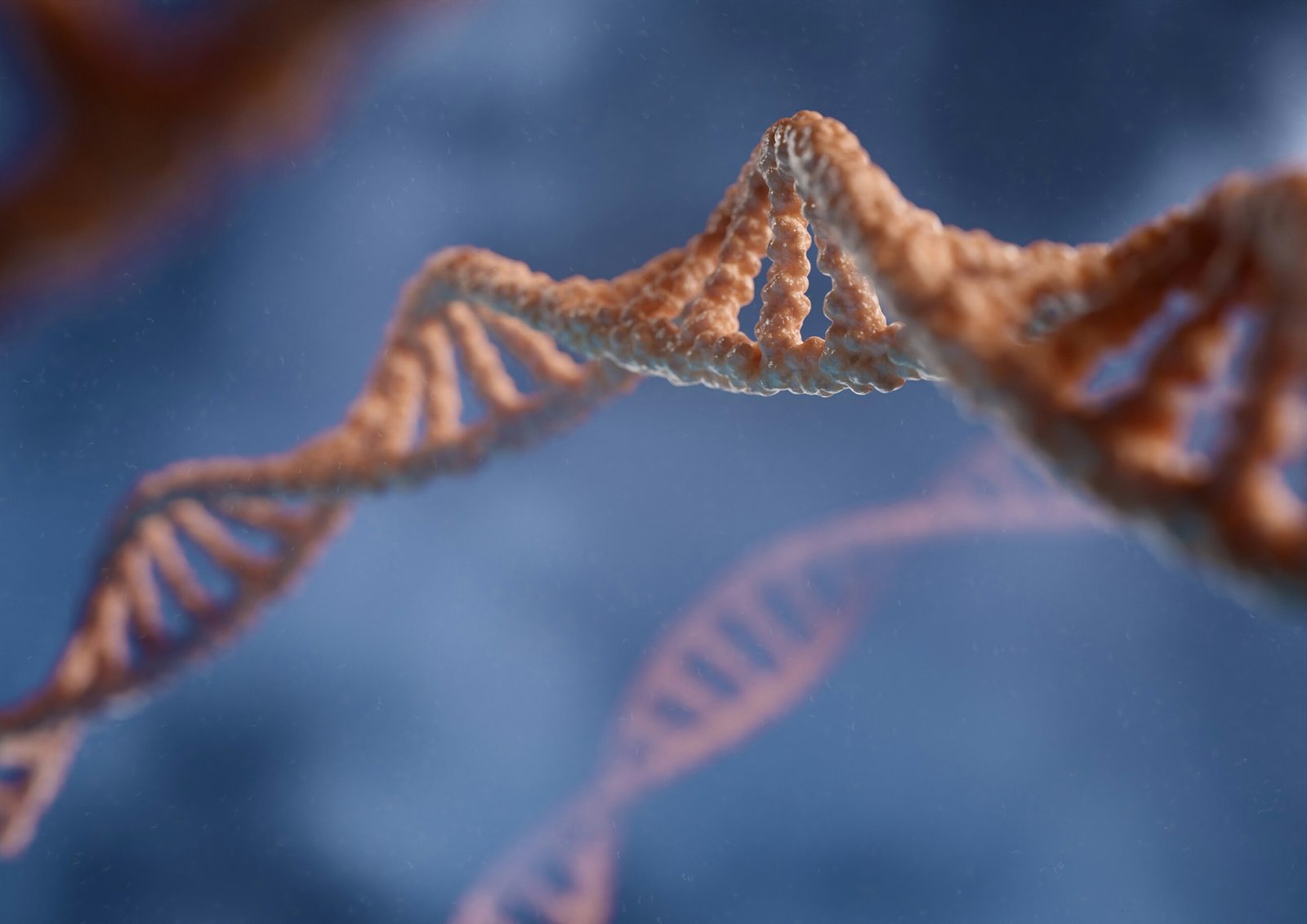Whiteflies Hijack Plant Detoxification Genes
Whiteflies’ capacity to steal genes involved in plant detoxification poses serious problems and has ramifications for managing ecosystems and agriculture. Many plants produce phenolic glycosides that are toxic to insect herbivores, and whiteflies carry the plant-derived phenolic glucoside malonyltransferase gene BtPMaT1. BtPMaT1 allows whiteflies to neutralize phenolic glycosides in their host plants. When plant-derived siRNA in tomatoes was used to silence BtPMaT1 in whiteflies. Plant-mediated BtPMaT1 silencing makes tomatoes immune to whiteflies.
https://www.cell.com/cell/fulltext/S0092-8674(21)00711-X
Mechanism of Gene Hijacking by Whiteflies
Whiteflies are known to employ sophisticated mechanisms to hijack the detoxification genes of their host plants, allowing them to thrive in toxic environments. This adaptive strategy involves intricate genetic and molecular interactions. The primary mechanism by which whiteflies achieve this gene hijacking is through the injection of effector proteins into the plant’s cells via their specialized mouthparts. These effector proteins serve to manipulate plant metabolism, effectively modulating the expression and function of detoxification genes.
One key interaction occurs when whiteflies introduce these effector proteins, which can mimic the plant’s own signaling molecules. This mimicry can lead to the upregulation or downregulation of plant detoxification pathways, enabling whiteflies to disable the plants’ innate defense responses. In particular, gene transfers may occur, wherein whiteflies can incorporate plant genes into their genomes. This horizontal gene transfer not only grants them access to the plant’s detoxification capabilities but can also facilitate rapid adaptation to their surroundings.
From an evolutionary perspective, this gene-hijacking behavior confers a significant survival advantage to whiteflies. By gaining control over the plant’s detoxification mechanisms, they can exploit a broader range of host plants, including those with previously unmanageable toxicities. This adaptability is particularly crucial in changing environments where the availability of suitable host plants may vary. Moreover, such interactions can have deleterious effects on plant health, leading to reduced vigor, increased susceptibility to diseases, and even plant death. As a consequence, the ecological balance between whiteflies and their host plants is skewed, demonstrating the profound implications of gene hijacking in the context of pest management and agricultural sustainability.
As these pests become increasingly prevalent, they pose a direct threat to crop yields and food security. Their gene manipulation strategies allow them to thrive in environments where plants have evolved defenses, leading to increased infestations that can devastate agricultural productivity.
Control of Whiteflies
Whitefly infestations can lead to reduced crop performance, diminishing both quality and quantity, which impacts farmers’ livelihoods and the global food supply chain. The presence of whiteflies can exacerbate the stress on crops, making them more susceptible to diseases and other pests. This complexity necessitates a multifaceted approach in agriculture, focusing not only on immediate pest control but also on understanding the underlying gene interactions that whiteflies exploit.
To mitigate the impact of whiteflies, innovative pest management strategies must be developed. Integrated pest management (IPM) that involves biological controls, cultural practices, and the careful use of chemicals can be effective in managing whitefly populations. This may include introducing natural predators, using pest-resistant crop varieties, and optimizing planting times to avoid peak infestation periods. Additionally, employing genetic tools, such as CRISPR technology, could offer novel pathways for developing crops that are less susceptible to whitefly manipulation.
The need for sustained research in plant-insect interactions is paramount. Understanding how whiteflies interact with plant detoxification processes could lead to breakthroughs in protective measures for crops. By using this knowledge, agricultural practices can adapt to manage these pests more effectively while ensuring food security for future generations. Ultimately, the ongoing study of these interactions will be crucial in creating resilient agricultural systems that can withstand the growing pressures posed by invasive species such as whiteflies.
Understanding Plant Protection: What It Is and Its Importance





RobertArisk
На данном сайте у вас есть возможность приобрести виртуальные телефонные номера различных операторов. Они подходят для подтверждения профилей в разных сервисах и приложениях. В ассортименте представлены как постоянные, так и одноразовые номера, которые можно использовать для получения SMS. Это удобное решение если вам не желает указывать личный номер в сети. арендовать номер телефона Оформление заказа максимально простой: выбираете подходящий номер, вносите оплату, и он будет доступен. Оцените услугу прямо сейчас!